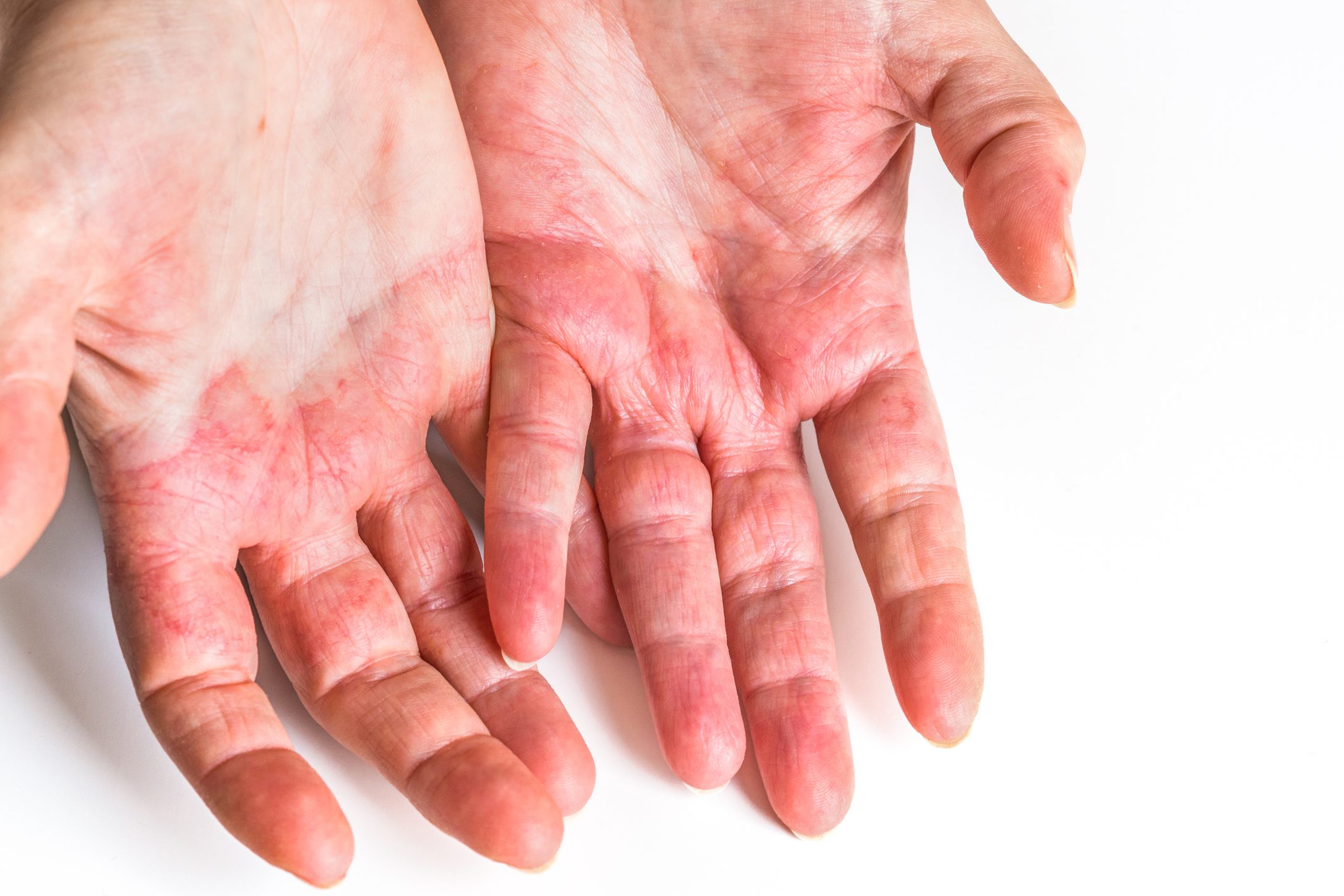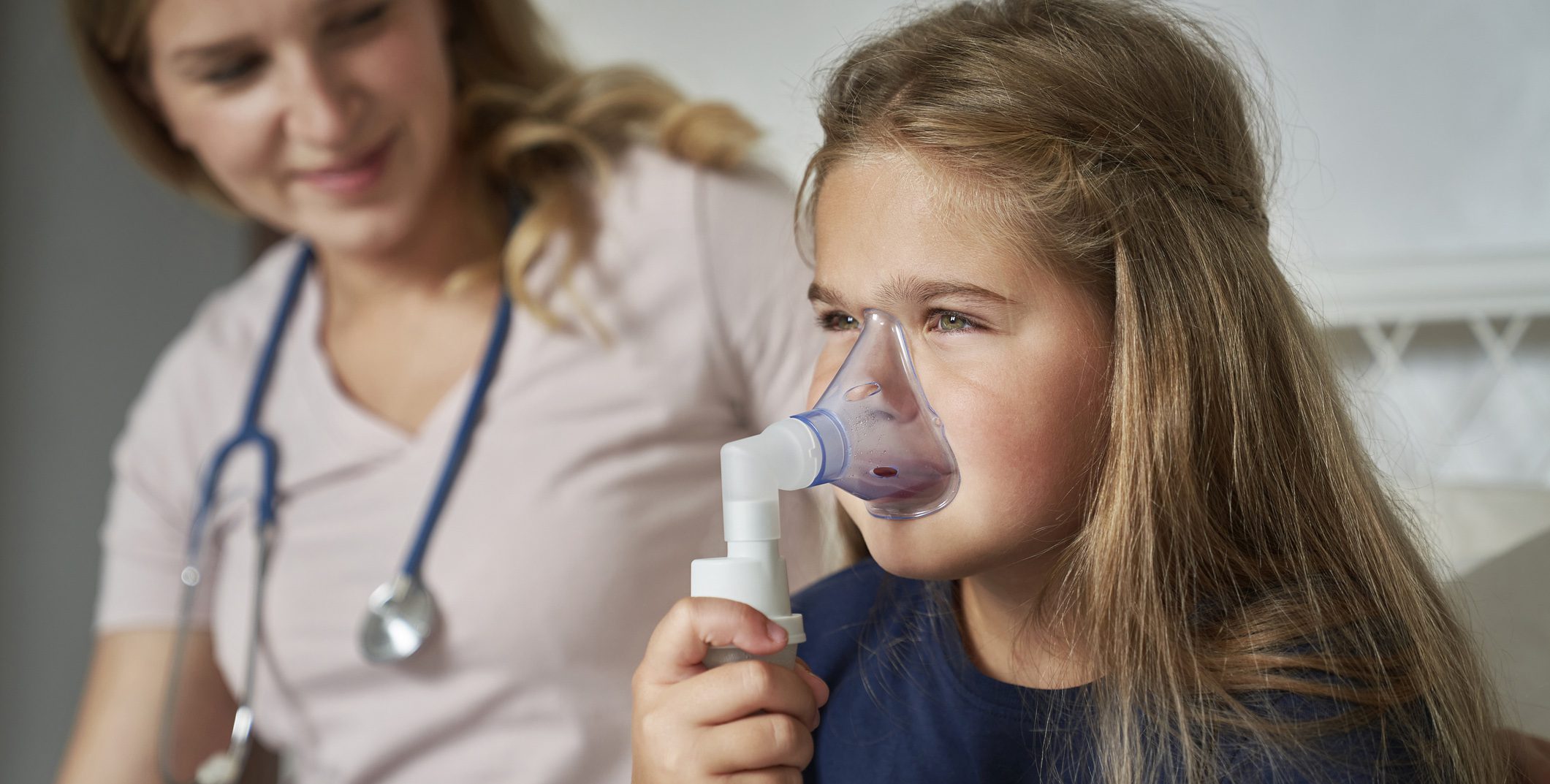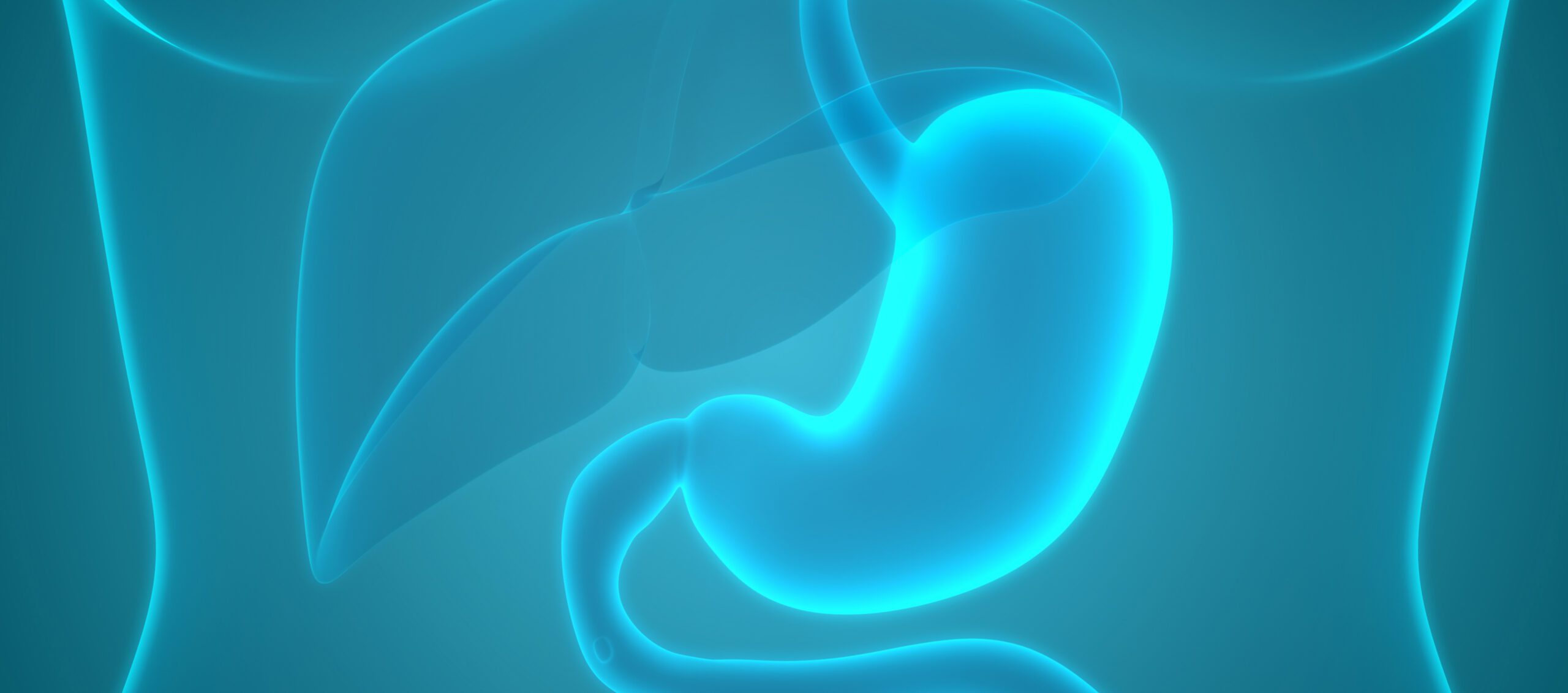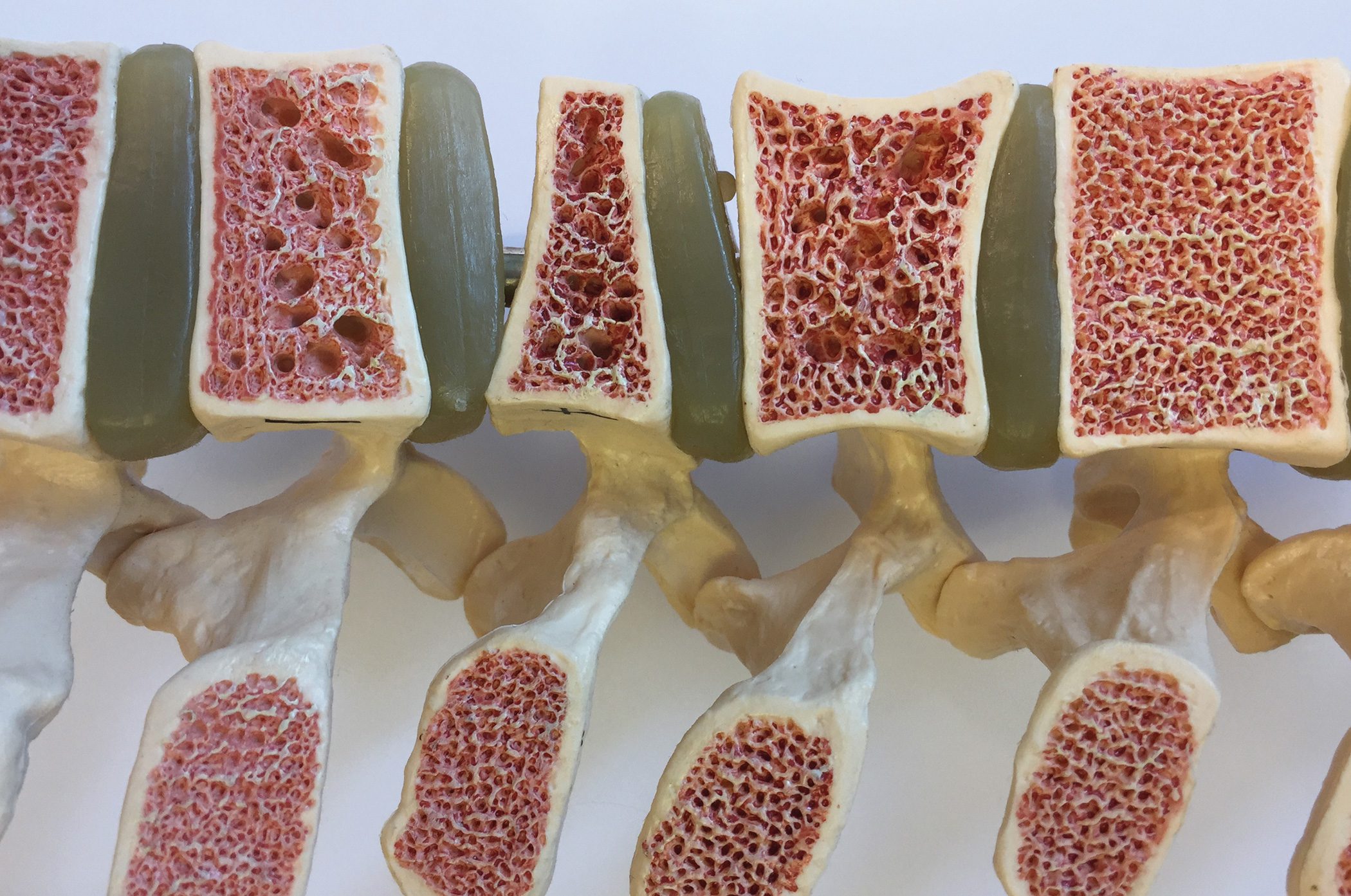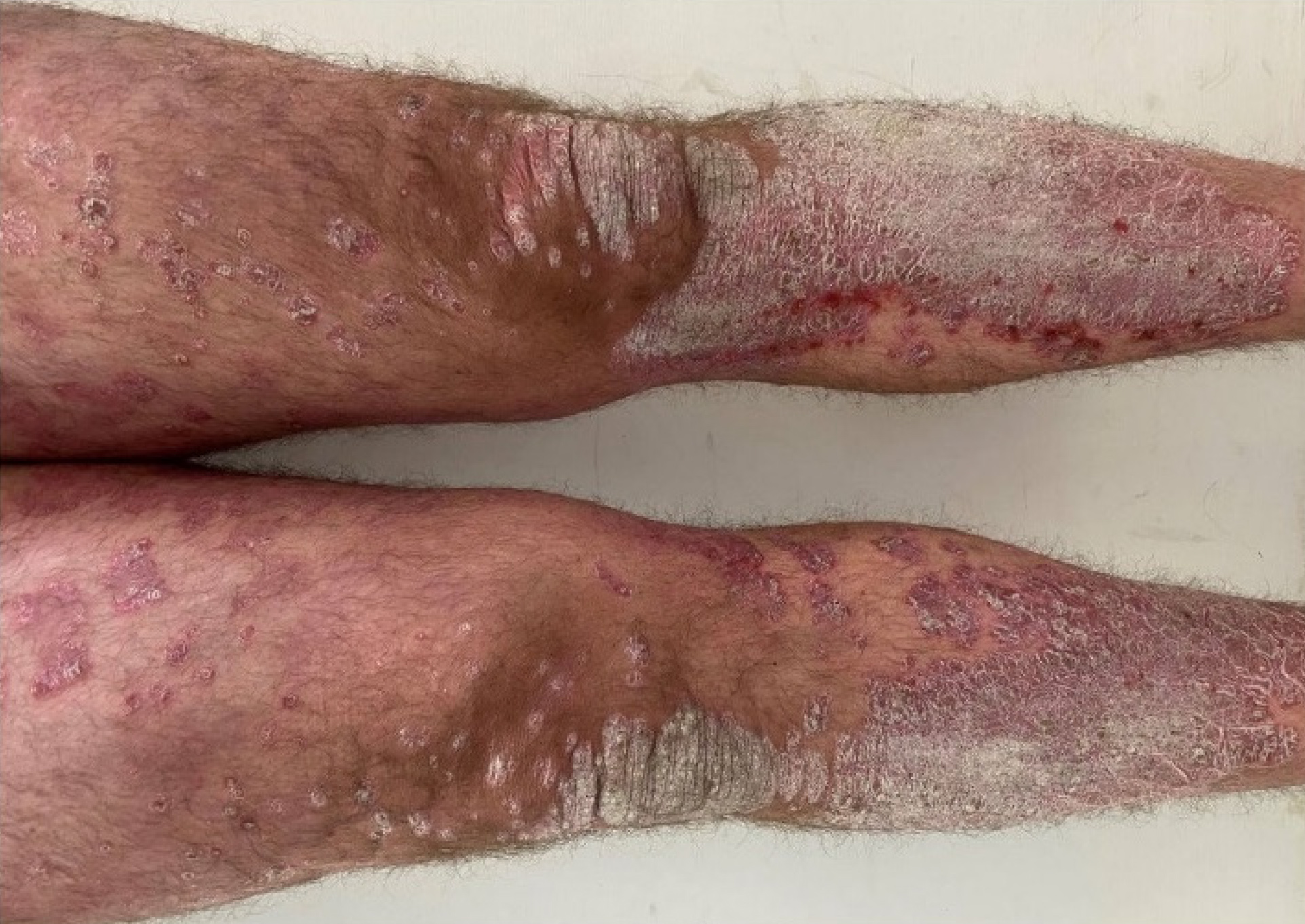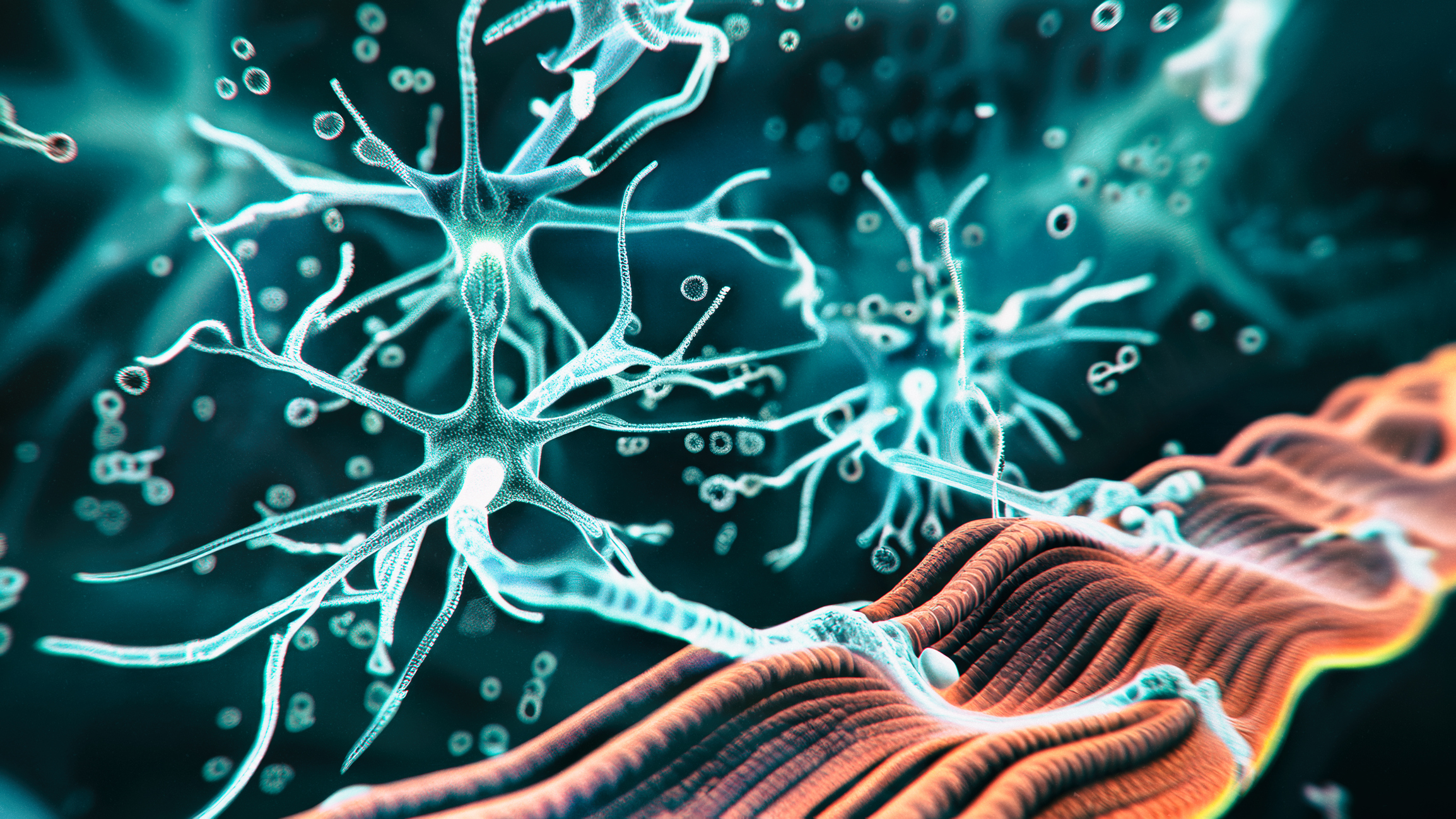This article expands on the continuing education article “Gastroesophageal Reflux Disease” on the aspect of the mode of action of alginate antacid preparations and their role in adjunctive therapy to PPI treatment. Proton pump inhibitors (PPIs) play a critical role in the treatment of gastroesophageal reflux disease (GERD). Their efficacy over placebo treatments and superiority over other drugs has been demonstrated in numerous studies [1]. Nevertheless, there are always patients who do not respond to PPI therapy. In order to avoid such persistent reflux symptoms and thus improve the patients’ quality of life, a current treatment algorithm provides for additional treatment with alginate if necessary [2].
Randomized trials show that the proportion of patients with persistent GERD symptoms despite PPI treatment is approximately 30% [3]. Similar numbers are seen in the long-term treatment of chronic reflux symptoms. In a survey of 333 patients who had been receiving PPI therapy for at least one year, 46% reported experiencing gastric burning and/or regurgitation on at least two days per week [4].

The Acid Pocket as a therapy target in GERD treatment
In the pathogenesis of GERD, the concept of acid pocket has come into focus in recent years [2,5]. This is an accumulation (“acid layer”) of at least 50-70mL of unbuffered acid that forms postprandially on the stomach contents just below the gastroesophageal junction and is barely mixed with the food pulp [2,6]. Using pH measurements and scintigraphic imaging, it was shown that the acid pocket is present as early as 15 minutes after eating and persists for up to 90 minutes [5,7,8]. This acid layer has an important role in the development of mucosal damage and also reflux symptoms, which makes it an important therapeutic target [9]. If the antireflux barrier is disturbed due to reflux disease, the contents of the acid pocket can flow back into the esophagus and trigger symptoms there. Most reflux episodes occur about 10-15 min. up to 60 min. up after the meal. During this time, the Acid Pocket has its most proximal position [10].

Alginate therapy can be applied precisely at this point. By forming a physical protective barrier in the proximal region of the stomach, alginate can act directly on the acid pocket. Several studies in symptomatic GERD patients have shown that taking Gaviscon, an alginate antacid preparation, shifts the acid pocket distally or eliminates it completely. This leads to a reduction in reflux episodes and may thus contribute to an improvement in quality of life [7,11]. In addition, alginate adheres to the esophageal epithelium for hours, protecting the mucosa from acid-induced damage [12].
Alginate for the treatment of persistent reflux symptoms.
Depending on the clinical manifestation, the treatment success under PPI is about 70% [9]. In a recent study, 20% of respondents reported being very dissatisfied with their PPI therapy [4]. 70% of them fell into the group of so-called “lost patients”. Lost patients” were those who, according to the GERDQ questionnaire, had GERD and were very dissatisfied with their PPI therapy. Nevertheless, no attempt was made in advance to clarify the cause of inadequate therapy or to adjust treatment accordingly in any of the included patients, because the treating physicians were mostly unaware of this treatment outcome. This shows that in GERD, the success of therapy should be systematically monitored to ensure adequate symptom control and to prevent such therapy problems. One easy-to-implement way to do this is to use questionnaires [4].
In case of reflux symptoms despite adequate PPI therapy, the further procedure should be adjusted accordingly. For this reason, a current algorithm has been published outlining the workup and management of persistent reflux symptoms on PPI for GERD [2].

An important first step is to confirm the diagnosis of GERD. If PPIs were prescribed based only on clinical symptoms, further differential diagnosis should be performed. Both a careful history and an additional endoscopy, if this had not yet been performed, are required. If there is no macroscopic explanation for the complaints, it is also advisable to take biopsies from the duodenum, stomach and esophagus. In individual cases, psychological comorbidities may also play a role and should be considered [2].
If GERD has been detected, work can first be done with the patient to improve compliance and/or optimize intake. Changes in lifestyle habits, such as adequate night’s rest or weight reduction in overweight patients, may also contribute to satisfactory symptom control [2].
If these measures do not lead to the desired success, a change of the PPI preparation and/or an increase of the dose are possibilities to optimize the therapy [2]. However, due to the fact that in many patients PPI therapy alone is not sufficient to effectively relieve symptoms, an add-on treatment with alginate is recommended at this point. Alginate causes a significant reduction in reflux episodes via distal displacement or complete elimination of the acid pocket [11]. This physical protective barrier in front of the gastroesophageal junction suppresses acid and nonacid reflux episodes during the day and also in the supine position [14,15]. In patients with non-erosive reflux disease (NERD), a combination with alginate leads to a significant improvement in symptoms compared to PPI monotherapy (omeprazole) [16]. Comparable results were also obtained in a randomized, double-blind study of 136 GERD patients whose reflux symptoms persisted despite PPI therapy. Here, the additional administration of alginate (Gaviscon Advance) decreased the frequency and severity of gastric burning. In addition, regurgitation as well as nocturnal symptoms occurred significantly less frequently in these patients [17]. This clearly demonstrates the benefit of combination therapy of PPI with alginate.

If symptoms persist, presentation to a gastroenterologist for further clarification by specialized functional diagnostics is advised [2]. Important differential diagnoses here are:
- a hypersensitive esophagus
- Motility disorders of the esophagus
- functional heartburn
According to the diagnosis, adapted or further therapy options can then be considered.
Take-Home Messages
- The acid pocket is an accumulation of acid that forms postprandially on the stomach contents just below the gastroesophageal junction and plays a critical role in the development of gastroesophageal reflux disease.
- Alginate forms a physical protective barrier in front of the gastroesophageal junction.
- Alginate causes a significant reduction in reflux episodes via distal displacement or complete elimination of the acid pocket.
- At least 1 in 3 patients with GERD has incomplete symptom control on PPI therapy. The success of therapy for GERD should be monitored by the treating physician, ideally using a questionnaire.
- Add-on treatment with alginate is recommended for intermittent (e.g., nocturnal) or persistent symptoms on PPI therapy.
More articles on the topic
- Advanced training: “Gastroesophageal reflux disease”.
- In-depth: antacids and alginate in the step-down process and as monotherapy
- Reflux cases: mild reflux symptoms after pregnancy
Literature:
- Mössner, J., The Indications, Applications, and Risks of Proton Pump Inhibitors: A Review After 25 Years. Deutsches Ärzteblatt International, 2016. 113(27-28): p. 477.
- Labenz, J. and H. Koop, Gastroesophageal reflux disease-what to do when PPIs are not sufficiently effective, tolerated, or desired? DMW-German Medical Weekly, 2017. 142(05): p. 356-366.
- El-Serag, H., A. Becher, and R. Jones, Systematic review: persistent reflux symptoms on proton pump inhibitor therapy in primary care and community studies. Alimentary pharmacology & therapeutics, 2010. 32(6): p. 720-737.
- Labenz, J., et al, Inadequate symptom control with long-term PPI therapy for GERD-fact or fiction? MMW Advances in Medicine, 2016. 158(4): p. 7-11.
- Kahrilas, P.J., et al, The acid pocket: a target for treatment in reflux disease? The American journal of gastroenterology, 2013. 108(7): p. 1058-1064.
- Steingoetter, A., et al, Volume, distribution and acidity of gastric secretion on and off proton pump inhibitor treatment: a randomized double-blind controlled study in patients with gastro-esophageal reflux disease (GERD) and healthy subjects. BMC gastroenterology, 2015. 15(1): p. 111.
- Rohof, W.O., et al, An alginate-antacid formulation localizes to the acid pocket to reduce acid reflux in patients with gastroesophageal reflux disease. Clinical Gastroenterology and Hepatology, 2013. 11(12): p. 1585-1591.
- Fletcher, J., et al, Unbuffered highly acidic gastric juice exists at the gastroesophageal junction after a meal. Gastroenterology, 2001. 121(4): p. 775-783.
- Boeckxstaens, G., et al, Symptomatic reflux disease: the present, the past and the future. Gut, 2014: p. gutjnl-2013-306393.
- Rohof, W., et al, Effect of azithromycin on acid reflux, hiatus hernia and proximal acid pocket in the postprandial period. Gut, 2012: p. gutjnl-2011-300926.
- Kwiatek, M.A., et al, An alginate-antacid formulation (Gaviscon Double Action Liquid) can eliminate or displace the postprandial ‘acid pocket’in symptomatic GERD patients. Alimentary pharmacology & therapeutics, 2011. 34(1): p. 59-66.
- Woodland, P., et al, Topical protection of human esophageal mucosal integrity. American Journal of Physiology-Gastrointestinal and Liver Physiology, 2015. 308(12): p. G975-G980.
- Heinrich, H., M. Fox, and W. Schwizer, Diagnostics and therapy in gastroesophageal reflux: Reflux – a common disease? Family Practice, 2014. 9(9): p. 26-30.
- Sweis, R., et al, Post-prandial reflux suppression by a raft-forming alginate (Gaviscon Advance) compared to a simple antacid documented by magnetic resonance imaging and pH-impedance monitoring: mechanistic assessment in healthy volunteers and randomised, controlled, double-blind study in reflux patients. Alimentary pharmacology & therapeutics, 2013. 37(11): p. 1093-1102.
- De Ruigh, A., et al, Gaviscon Double Action Liquid (antacid & alginate) is more effective than antacid in controlling post-prandial esophageal acid exposure in GERD patients: a double-blind crossover study. Alimentary pharmacology & therapeutics, 2014. 40(5): p. 531-537.
- Manabe, N., et al, Efficacy of adding sodium alginate to omeprazole in patients with nonerosive reflux disease: a randomized clinical trial. Diseases of the Esophagus, 2012. 25(5): p. 373-380.
- Reimer, C., et al, Randomised clinical trial: alginate (Gaviscon Advance) vs. placebo as add-on therapy in reflux patients with inadequate response to a once daily proton pump inhibitor. Aliment Pharmacol Ther, 2016.







